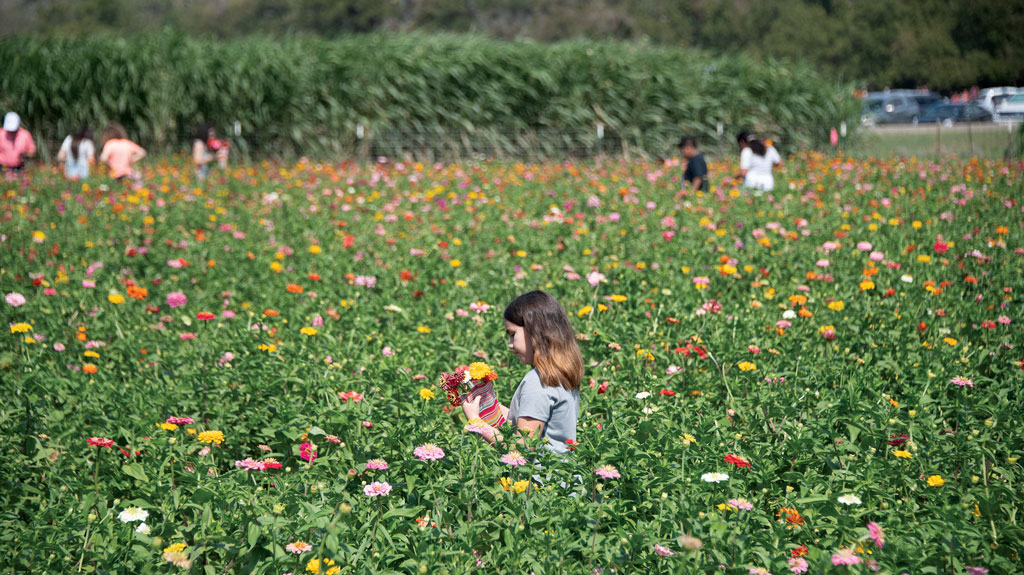
Lavender is among the myriad of plants your can grow in your garden to help keep it mosquito-free.
Not sure how to choose which vegetables to plant this spring or how to decide the space to give each vegetable or herb?
Here’s an idea. Do you have a running grocery list on your refrigerator, dry erase board, or a notepad? Use these to learn which vegetables are your staples. How often do you buy potatoes, corn, tomatoes, or green beans for instance? Convert your grocery list into your very own produce section in your garden. If possible, stagger your plantings so you don’t yield all your vegetables in one week.
MOSQUITOES
Before the mosquitoes start to hatch, use these plants to help keep them away: basil, chrysanthemums, garlic, lemongrass, lavender, marigolds. You can border your backyard and garden with these plants for a wonderfully smelling, beautiful, and, hopefully, mosquito-free spring and summer.
FRUIT TREES
The main idea of pruning peach and fruit trees is to remove the old, gray-colored, slow-growing shoots, which are non-fruit bearing. We want to keep the 1-year-old, 18- to 24-inch red-colored bearing shoots. Removing 40 percent of the tree annually stimulates new growth each spring.
The second objective of pruning is to lower the fruiting zone to a height that is comfortable to harvest the fruit. The third is to open the center of the tree to increases air circulation, reduce disease pressure, and allow sunlight to accelerate fruit color and sweetness.
First, remove all the dead limbs, rootstock suckers, and water spouts in the lower 3 feet. Next, remove all shoots above the 7-foot mark other than the red-colored 18- to 24-inch fruiting shoots. Then, remove all shoots that grow toward the middle of the tree. Picture an upside-down umbrella — that is what you want the finished product to look like. Finally, remove all the old, gray wood in the 3- 7-foot fruit production zone.
Make sure to: drink your water, pace yourself, and wear protective head gear, glasses and gloves.
BEANS
Now when it comes to growing beans, the birds think that first sproutling with the seed still intact is yummy, too. So, start your seeds inside before you move them out to the garden.
Bean, broad bean and bush bean plants like being around: broccoli, Brussels sprouts, cabbage, cauliflower, corn, marjoram, and potatoes. Please do not plant your beans in the vicinity of onions, garlic, fennel or chives. (They go well together in the cooking pot but not in the garden.)
You can start your seeds now inside then, after the last freeze (perhaps late March), move them outside. Wouldn’t it be nice if after the last freeze the clouds spelled out: This was the actual last freeze?
Bush beans: Plant the seeds 1 inch deep. Pole beans: Plant 3-4 seeds also 1 inch deep around a pole. Depending on when our last freeze is, you might need to thin the sprouts before you put them in your garden. Beans prefer to be planted in moist soil so that they germinate quickly. As with most vegetables, beans need well-drained soil and lots of sunlight. Once your beans are established in your garden, be careful when you are weeding. Bean roots grow close to the surface of the soil.
Keep your souls and soles in your garden!
Remember the True Master Gardener: Jesus said, “I am the vine; my Father is the Gardener.” John 15:1
Contact Bill Luedecke at The Luedecke Group Realtors at (512) 577-1463 or email him at bill@texasland.net. Contact Martelle Luedecke at Luedecke Photography at (512) 769-3179 or luedeckephotography@gmail.com.
Read more In the Garden columns and find professional lawn and garden help in the 101 Lawn and Garden Guide.












